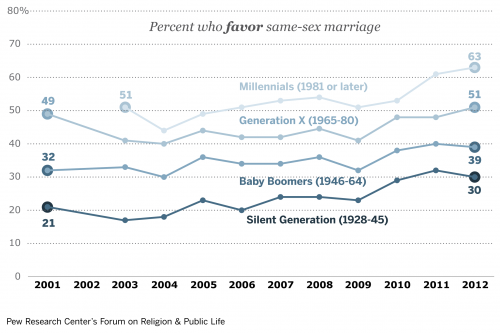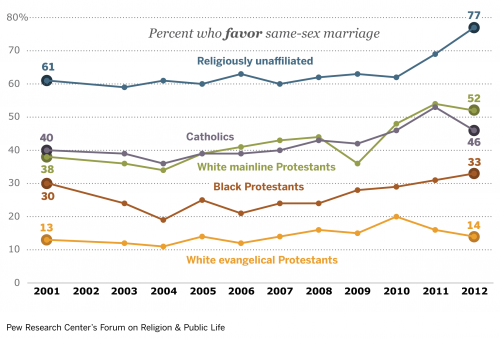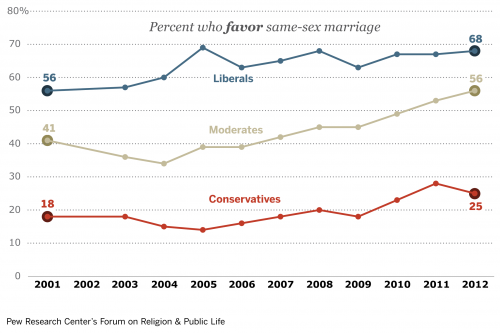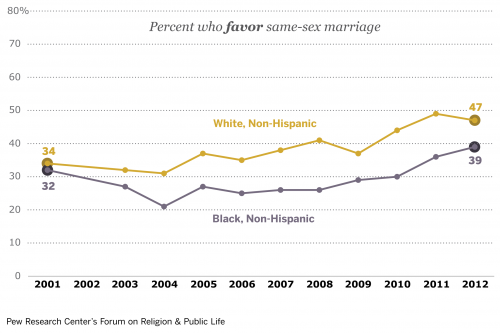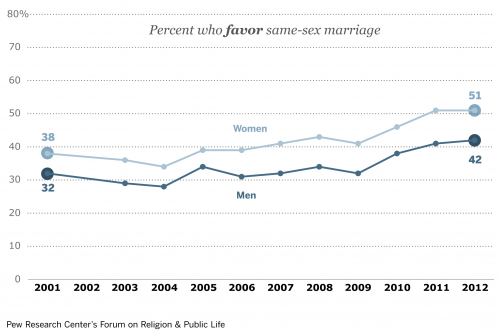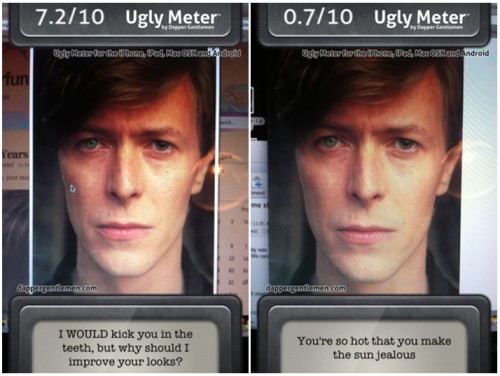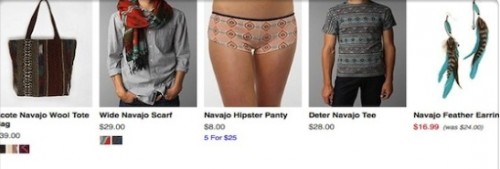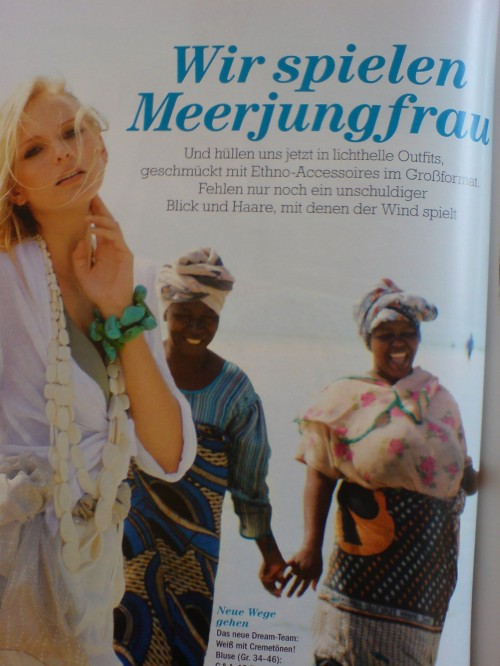Earlier this year a University of Wisconsin-Madison student at a fraternity house yelled racial slurs and threw a glass bottle at two Black female students. The story is reported in the Wisconsin State Journal with the following title:
Notice that race isn’t mentioned, but alcohol is. This makes no sense. The March 23rd article is about an instance of racial harassment that occurred on March 16th. The “alcohol incident” was old news; it had happened six months earlier in September. Why is the old news the headline?
This wasn’t on purpose, was it?
It looks that way.
Reader Nils G. pointed out that the URL of the article reveals that there was a decision to change the title of the article from one that focused on race to one that focused on alcohol. When you’re posting an article, the program automatically creates a URL using the first title you choose. If you later change the title, the URL stays the same. The URL of this article?: “UW Fraternity Temporarily Suspended for Racial Incident.”
So, there was a choice to change the impact of this article from one that put race front-and-center to one about (frat) boys being (drunken frat) boys. We can only speculate about why.
Lisa Wade, PhD is an Associate Professor at Tulane University. She is the author of American Hookup, a book about college sexual culture; a textbook about gender; and a forthcoming introductory text: Terrible Magnificent Sociology. You can follow her on Twitter and Instagram.


